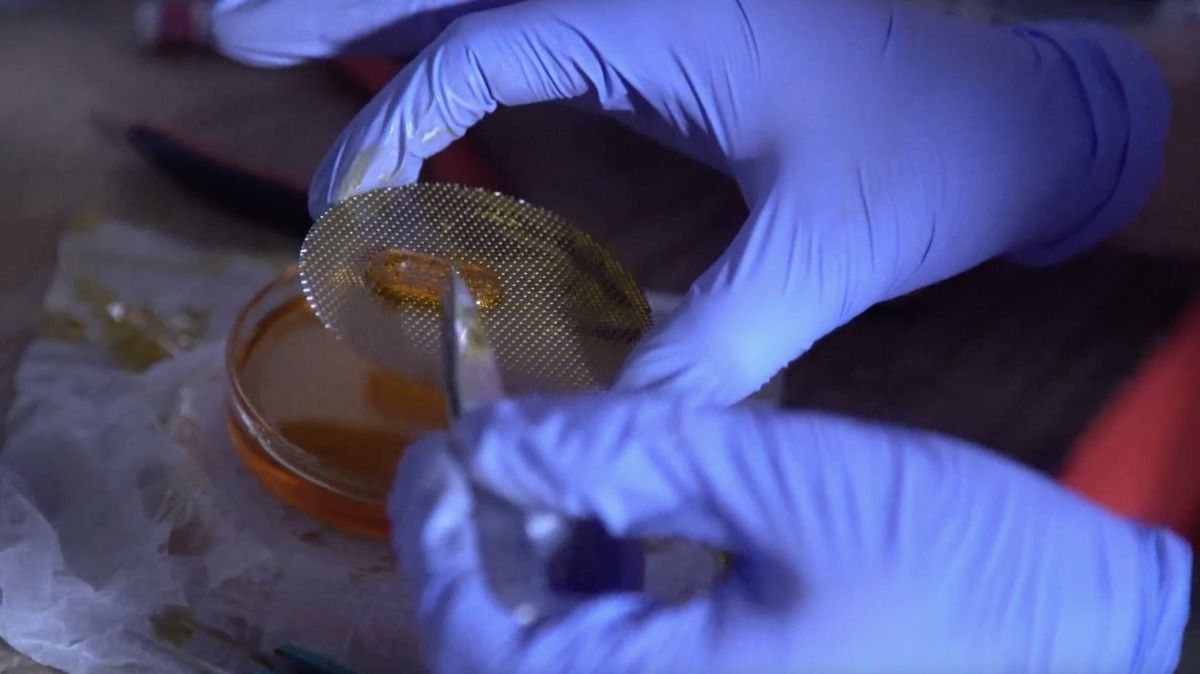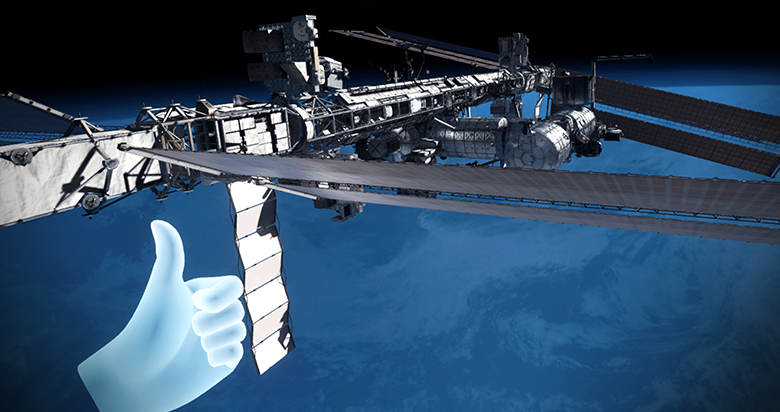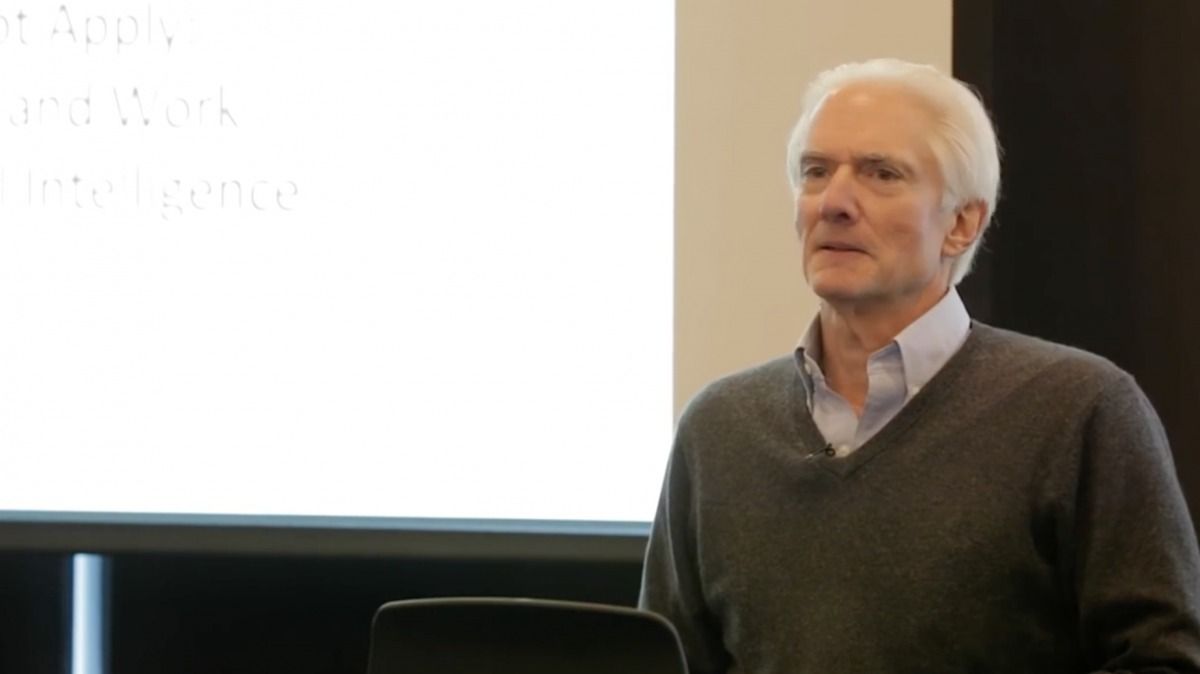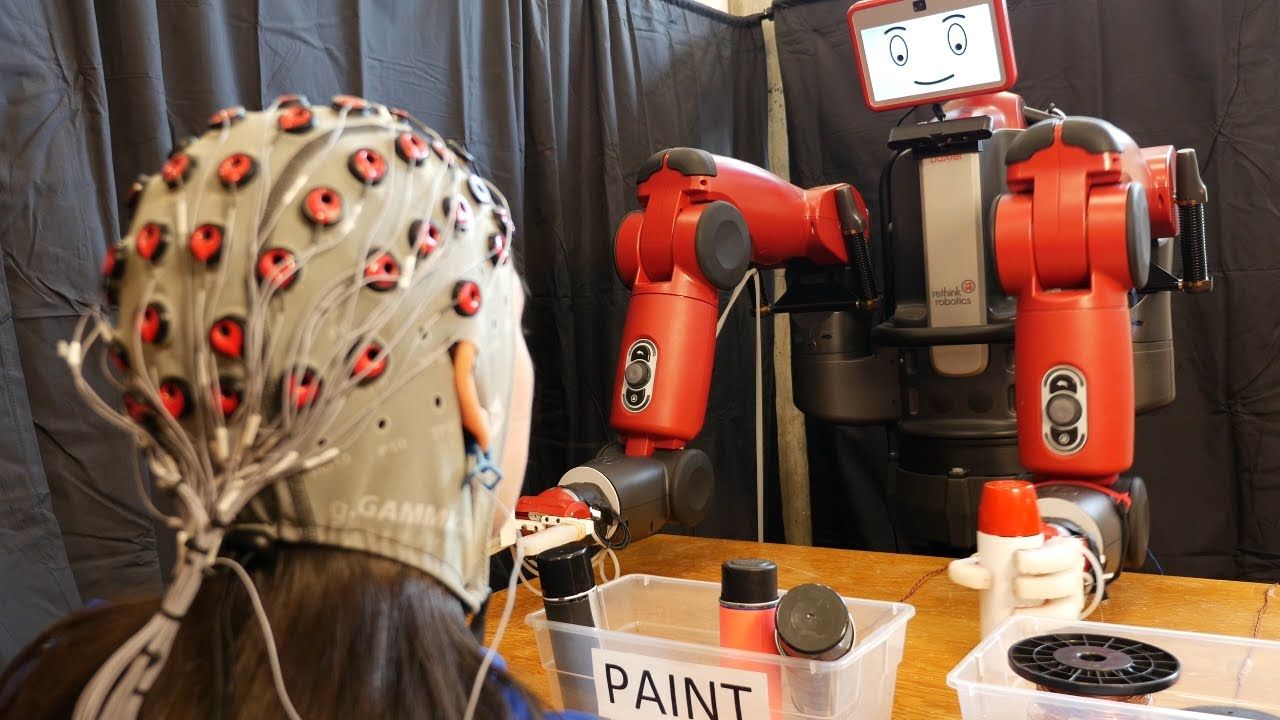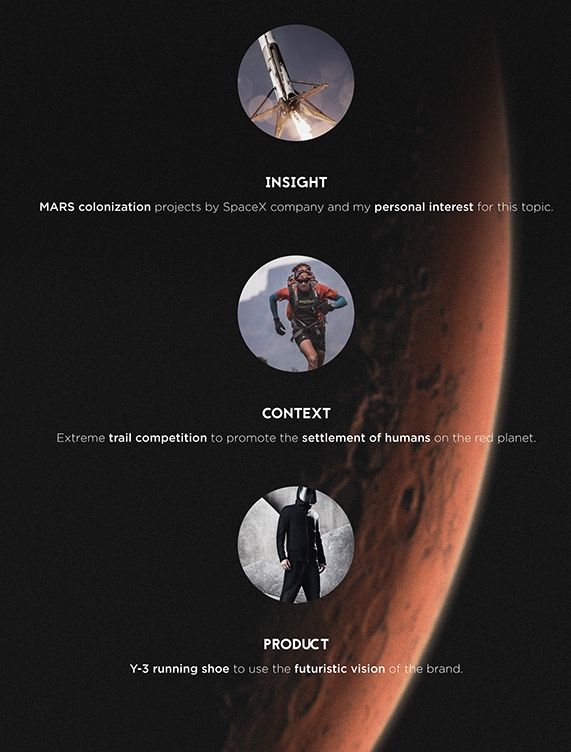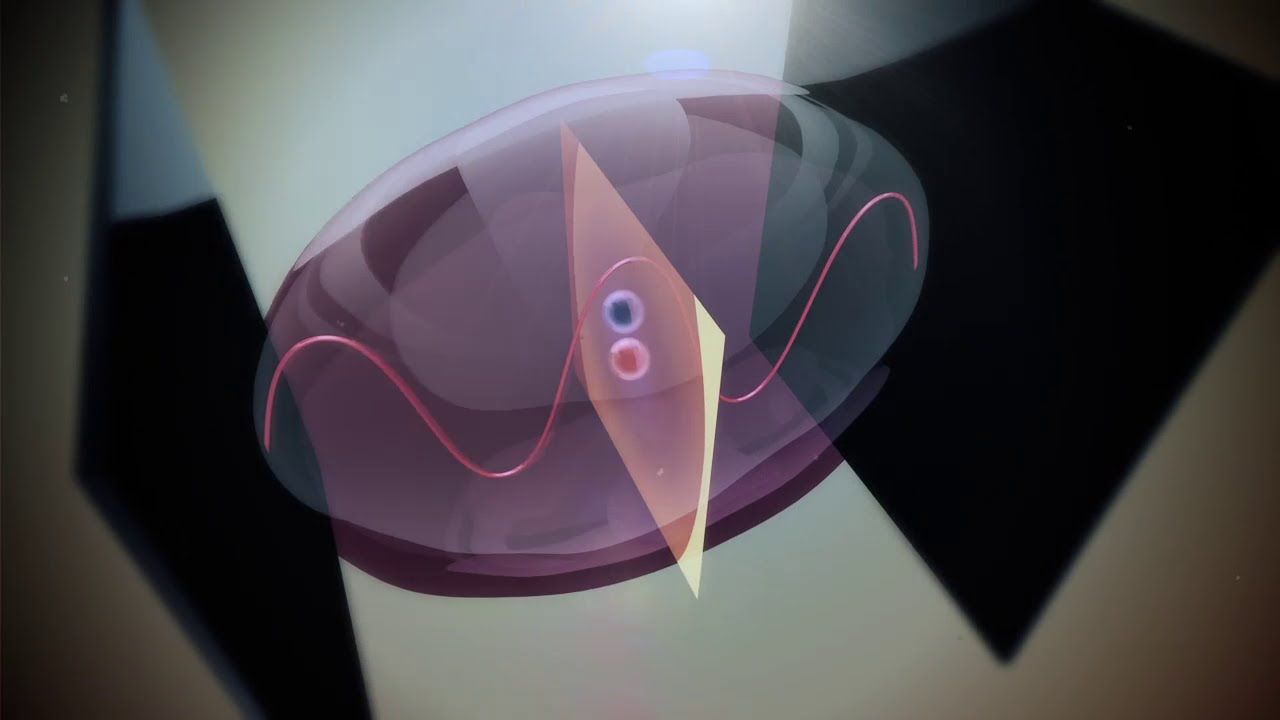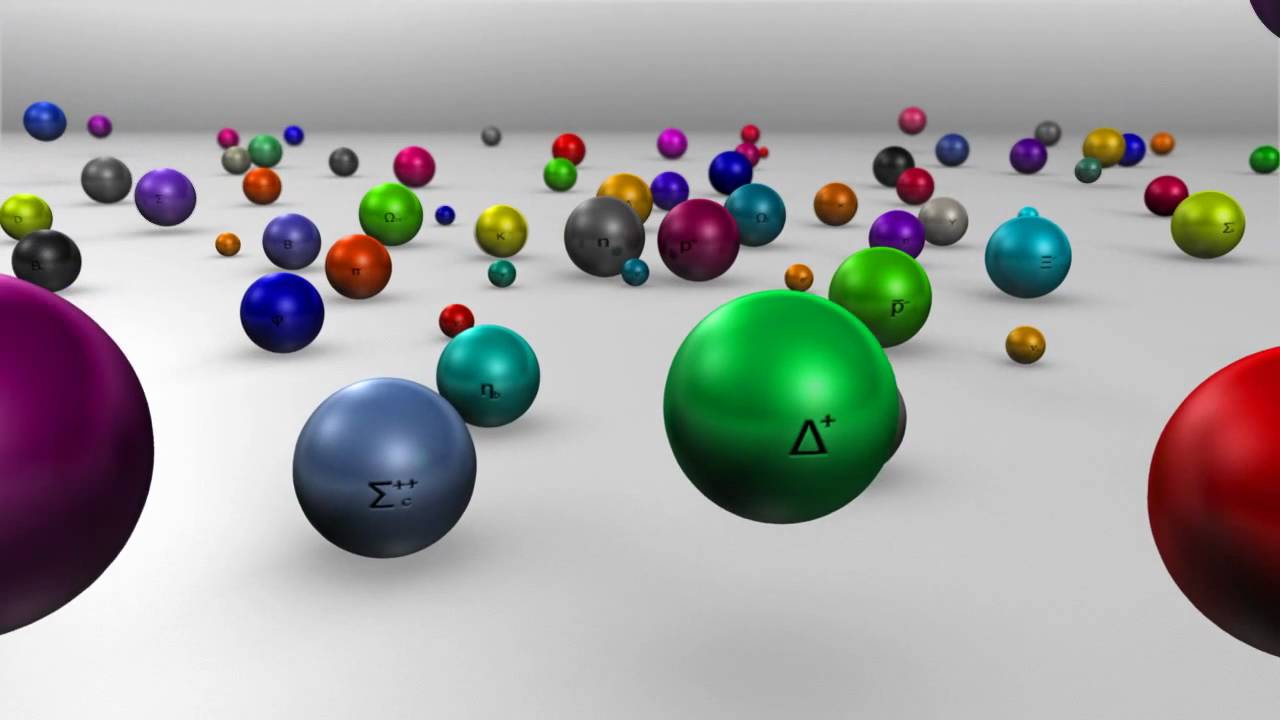Mar 10, 2017
This super-fast 3D printer is powered by holograms
Posted by Nancie Hunter in categories: 3D printing, computing, holograms
The advantage of Daqri’s chip, the company says, is that it can create holograms without the need for complex optics. On a silicon wafer, a tiny grid of tunable crystals is used to control the magnitude and time delay, or phase, of reflected light shined at the surface of the chip from a laser. Software adjusts the crystals to create patterns of interference in the light, resulting in a three-dimensional light field.
In experiments, the team has used the chip to create solid objects by projecting holograms into containers of various light-activated monomers. It can currently make small objects, such as a paper clip, in about five seconds—a process that could take a normal 3D printer several minutes.
A startup called Daqri has technology that can print solid objects faster and also powers a new kind of head-up display.
Continue reading “This super-fast 3D printer is powered by holograms” »
